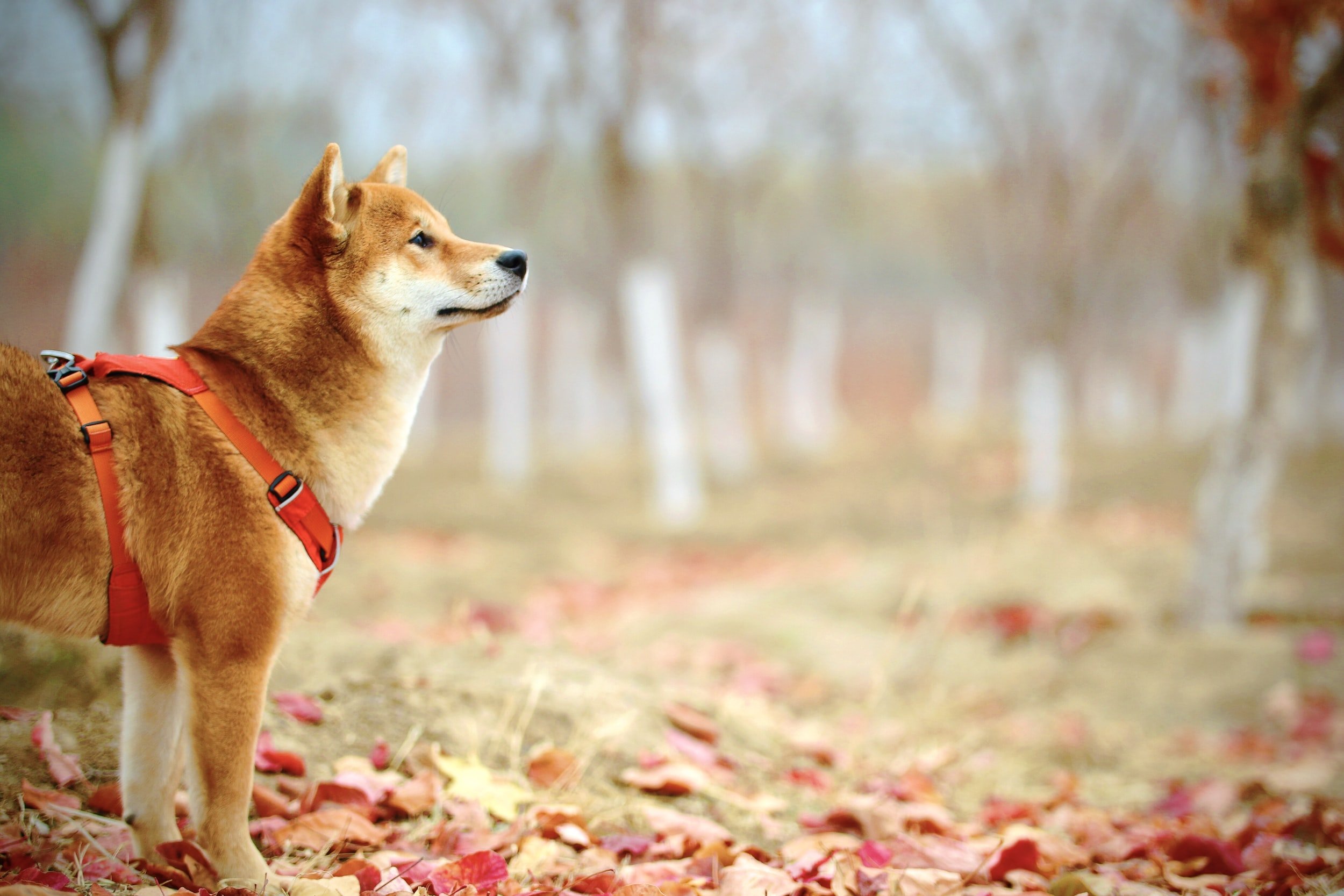
Brush Guide
Dogs come in all shapes and sizes and so many different coat types. Choosing the right brush for your dog’s coat can be overwhelming, so we put together this brush guide in the hopes it might aide you on your search!
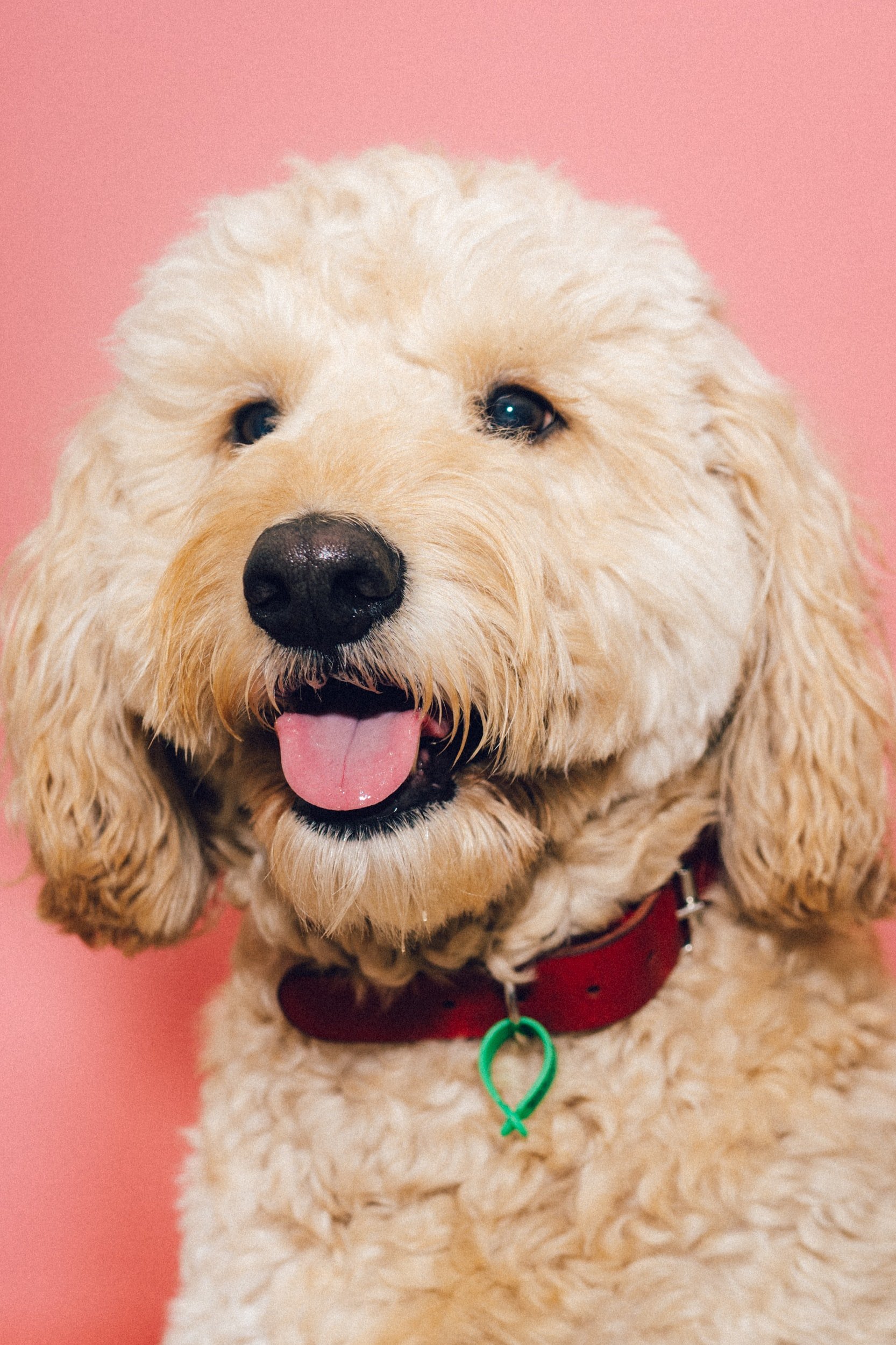
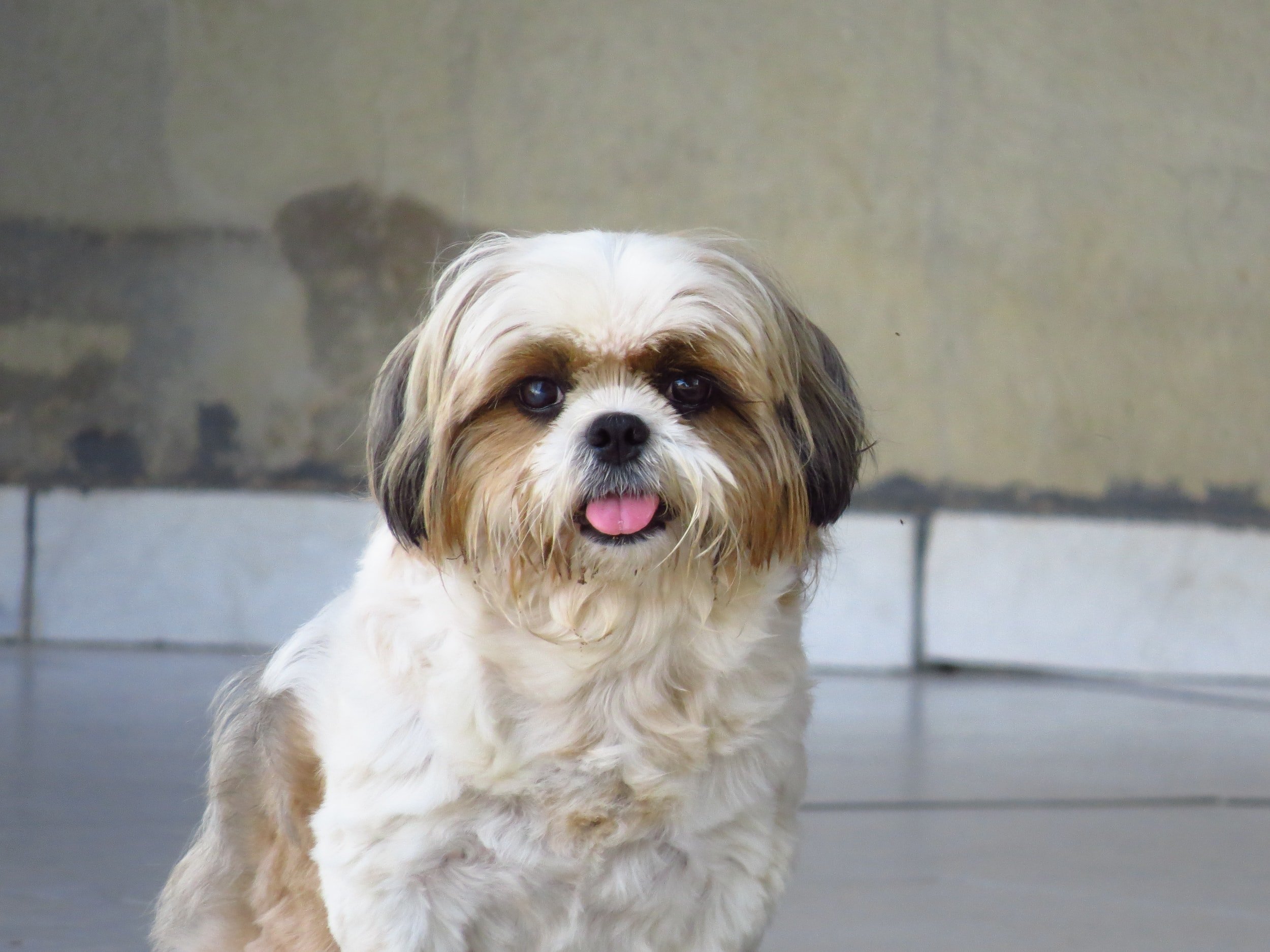
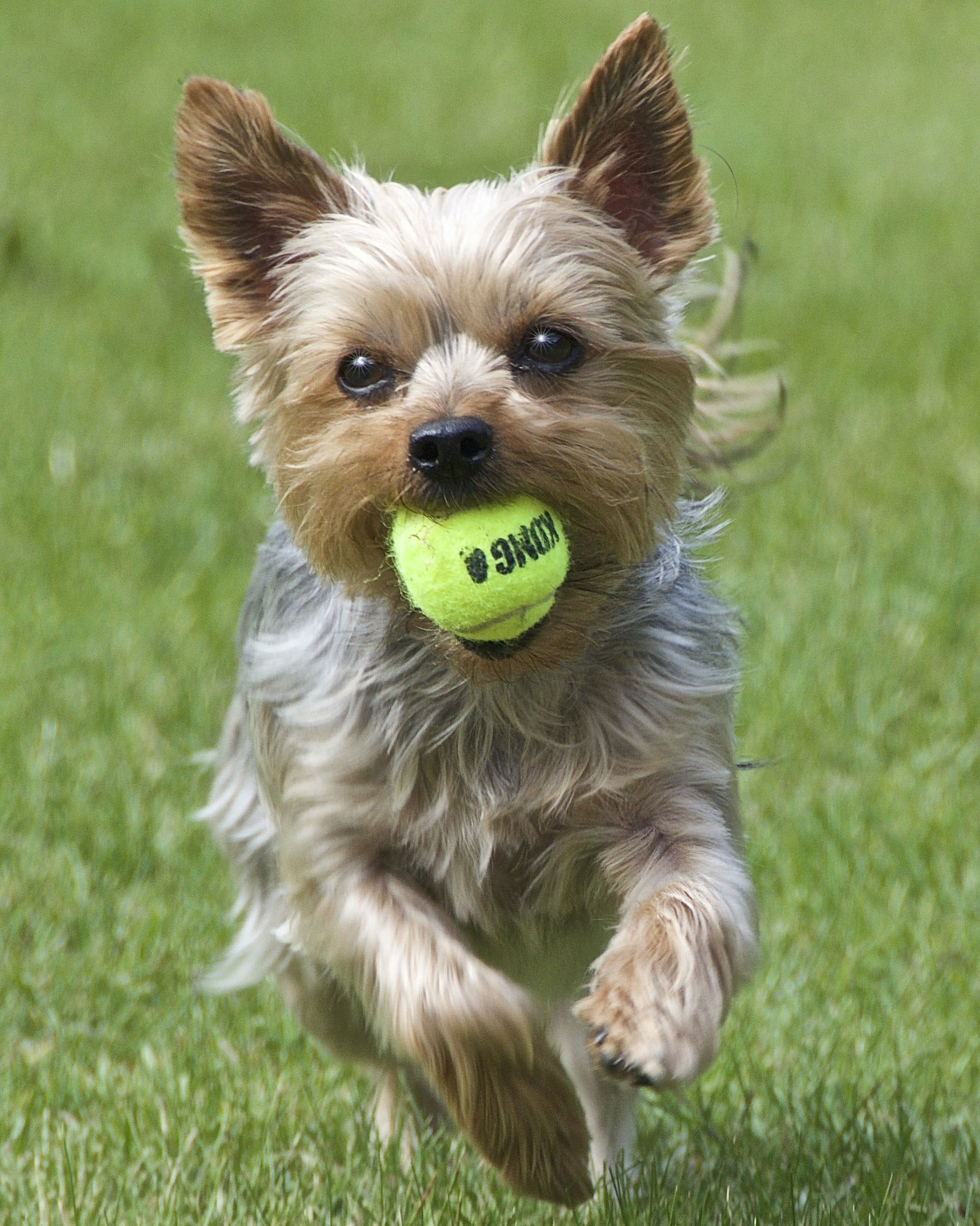
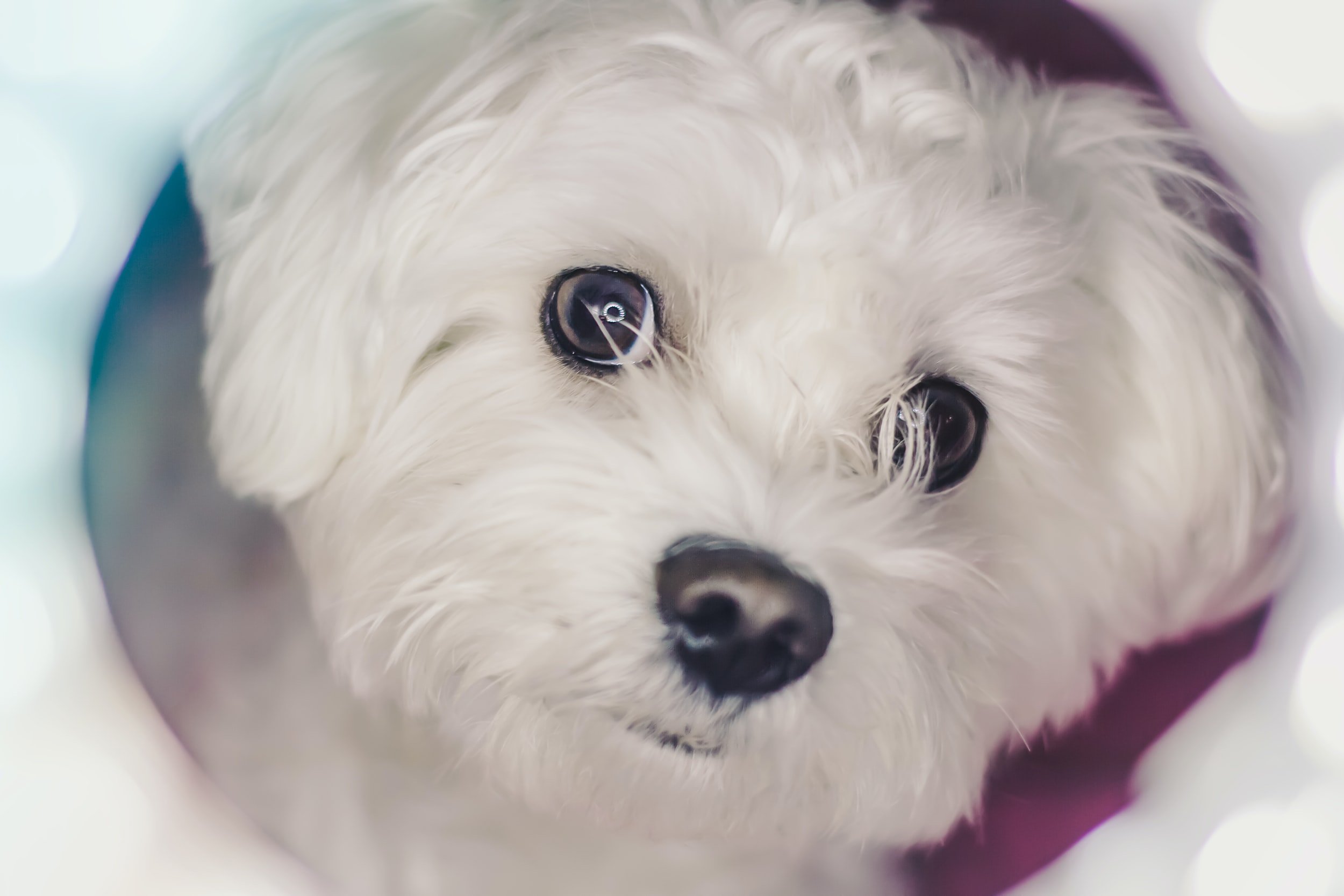
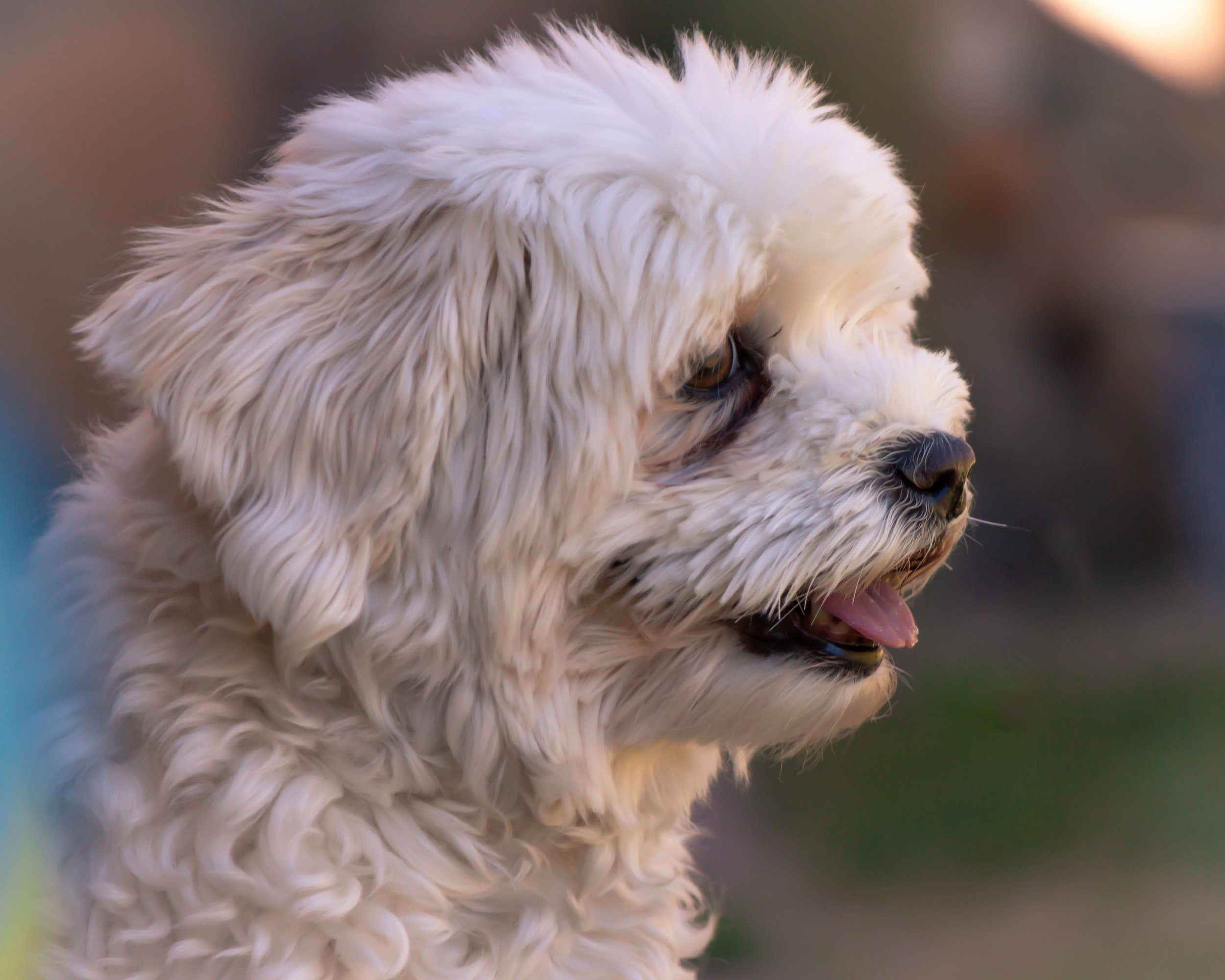

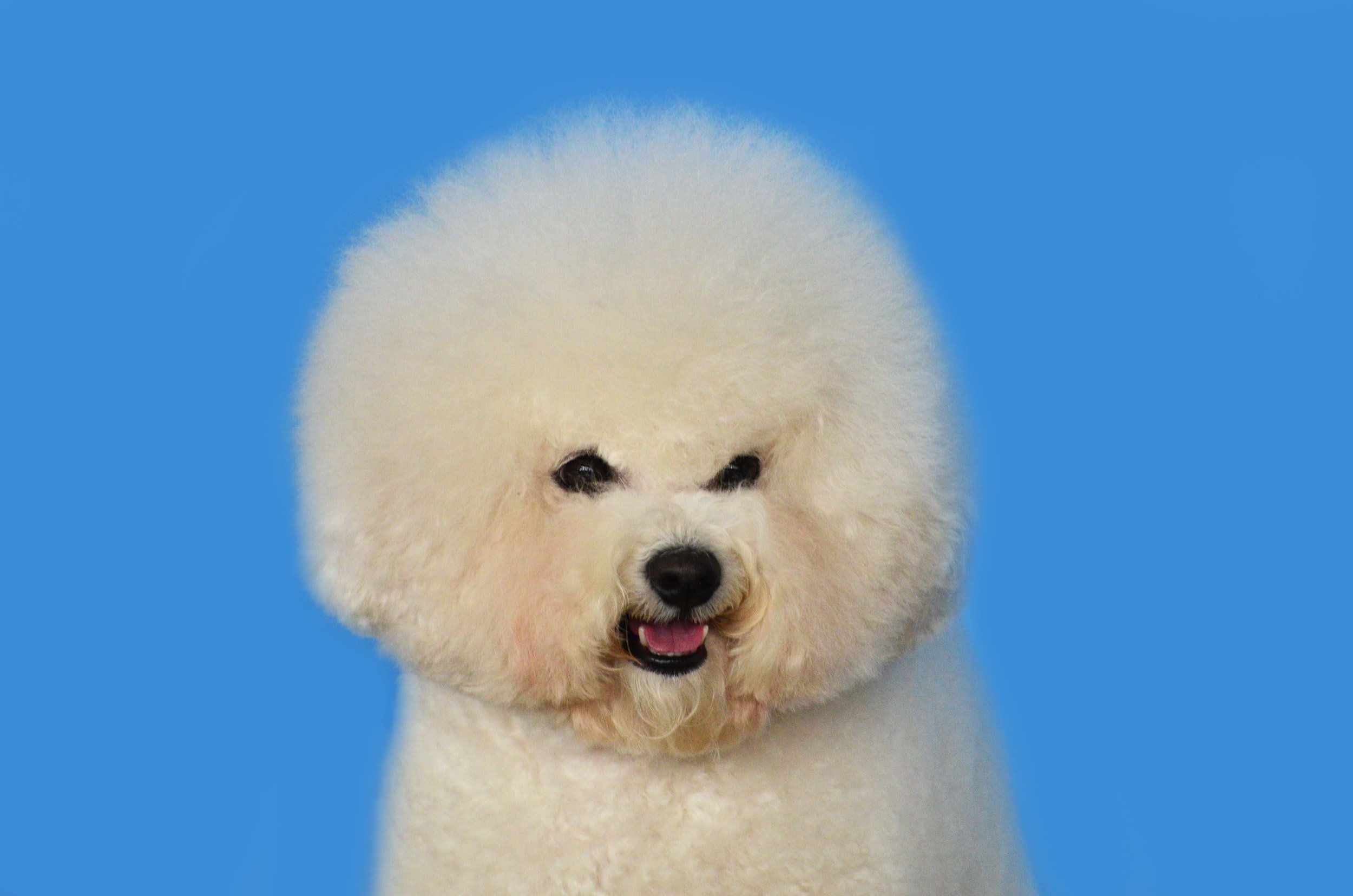
Drop Coats (Continually Growing Coats)
(Shih-Tzu, Maltese, Yorkie, Poodle, Doodle, etc.)
Drop coated (continually growing coats) will benefit the most from the combination of a slicker brush and a fine-toothed metal greyhound comb. These dogs have the most mat-prone coats and the slicker brush was made for combating just that. First use the slicker brush to detangle the hair, then follow up with the metal greyhound comb. The comb acts as an indicator to let you know whether you got all the tangles out or not. If your comb goes through without snagging on any tangles, then your dog is perfectly brushed out! If not, you will want to try again with the slicker brush until you can get that comb all the way through. Be sure to comb all the way down to the skin. The biggest mistake we see pet parents make when brushing at home is only brushing the top layer of hair. Please make sure you are brushing and combing all the way down to the skin to ensure mats do not form.
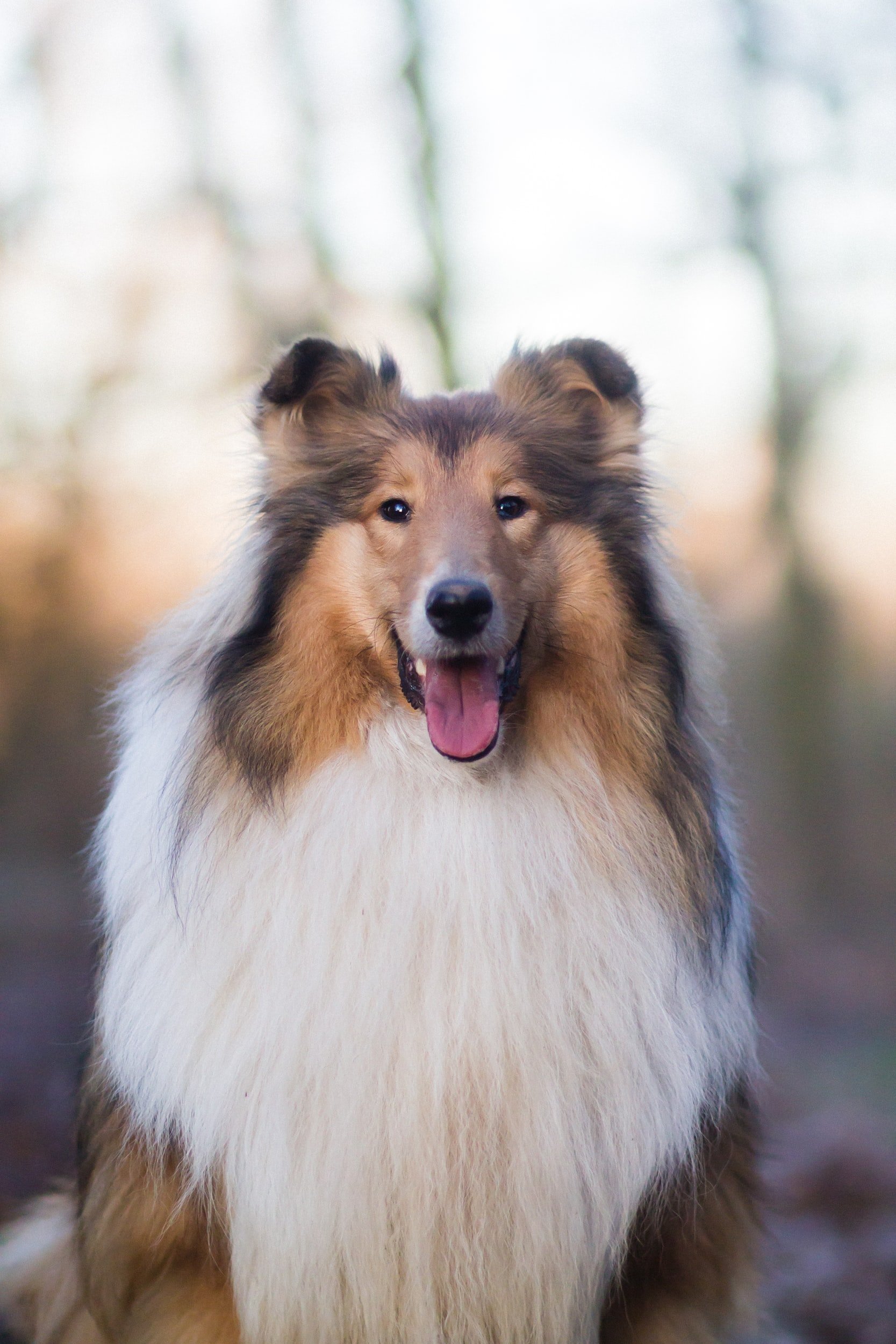
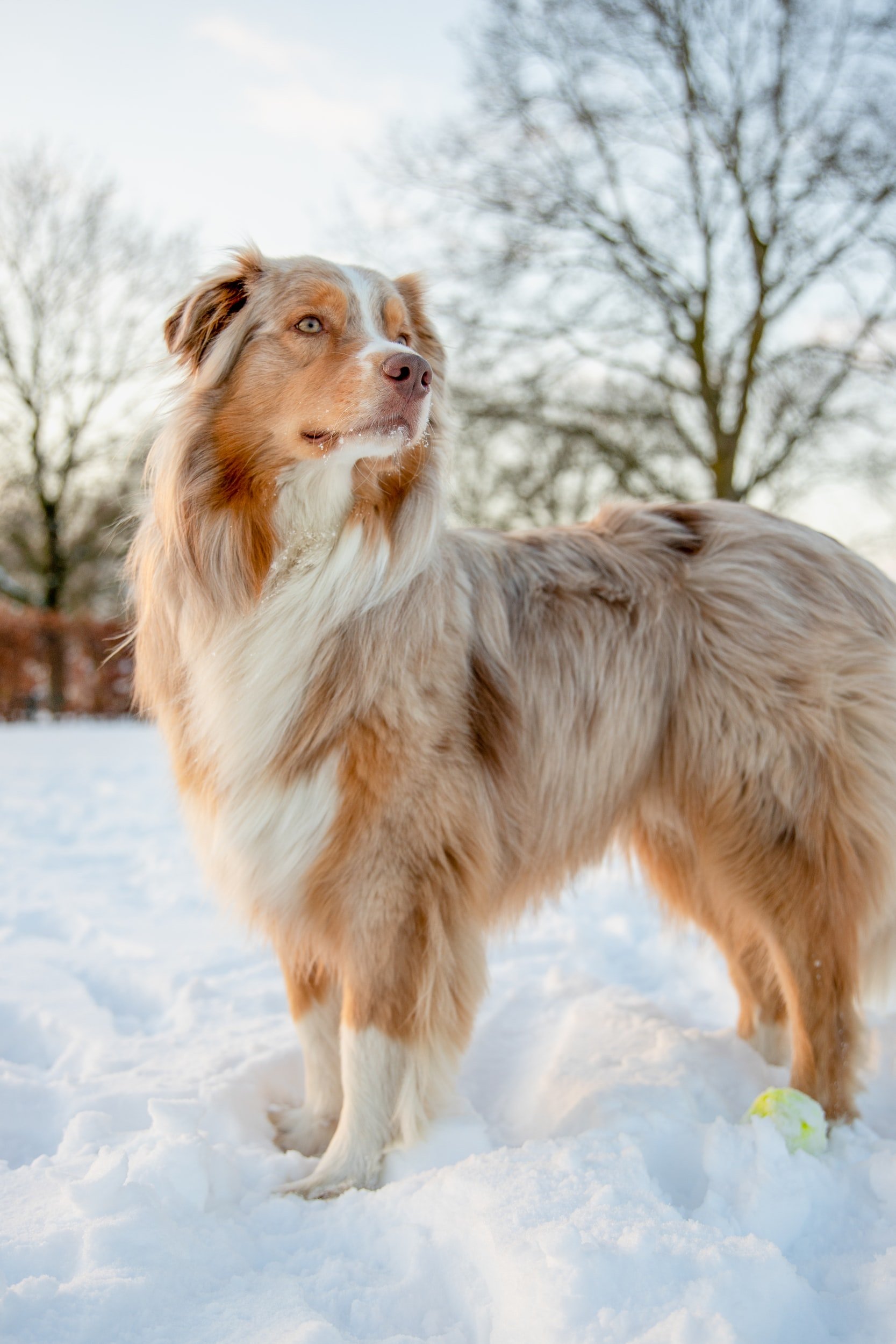
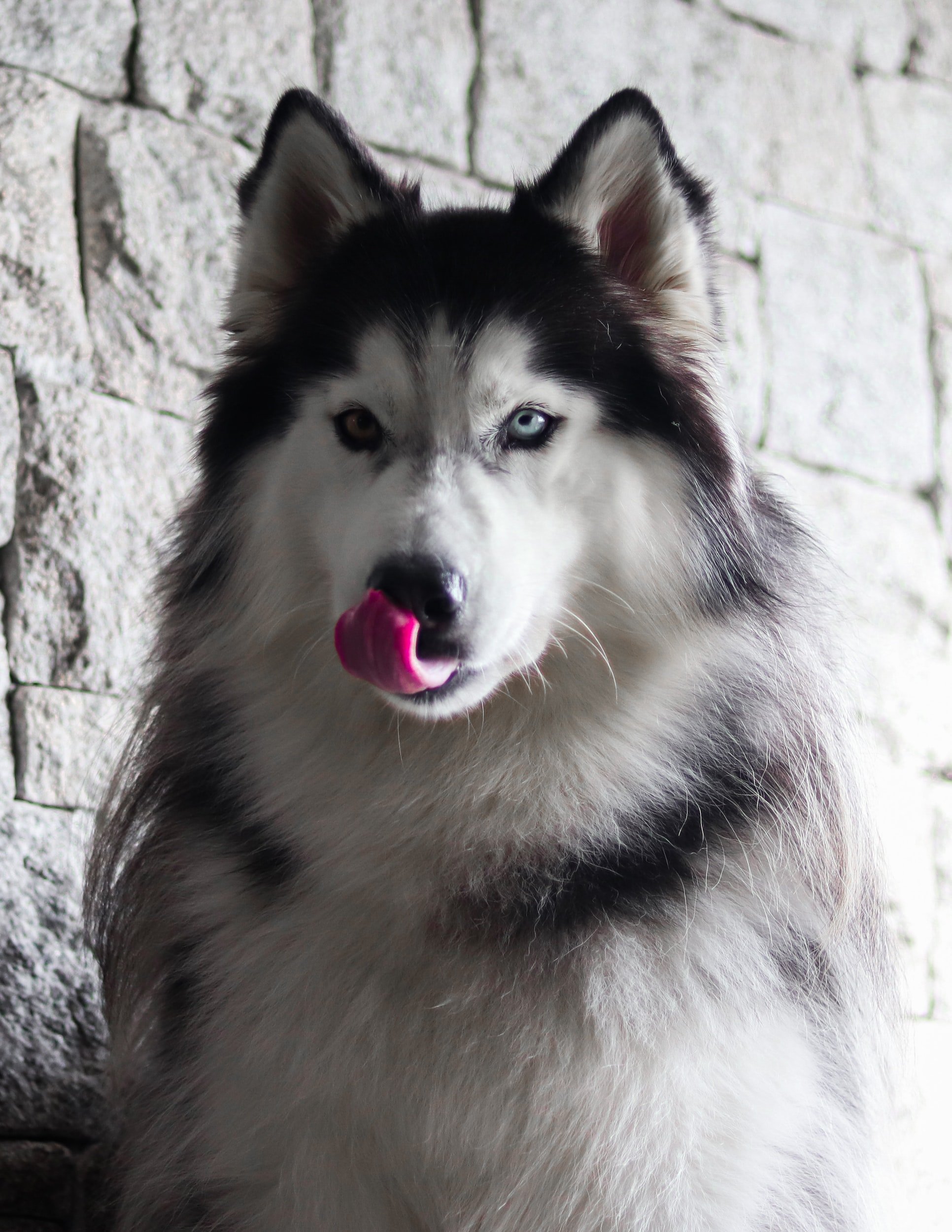
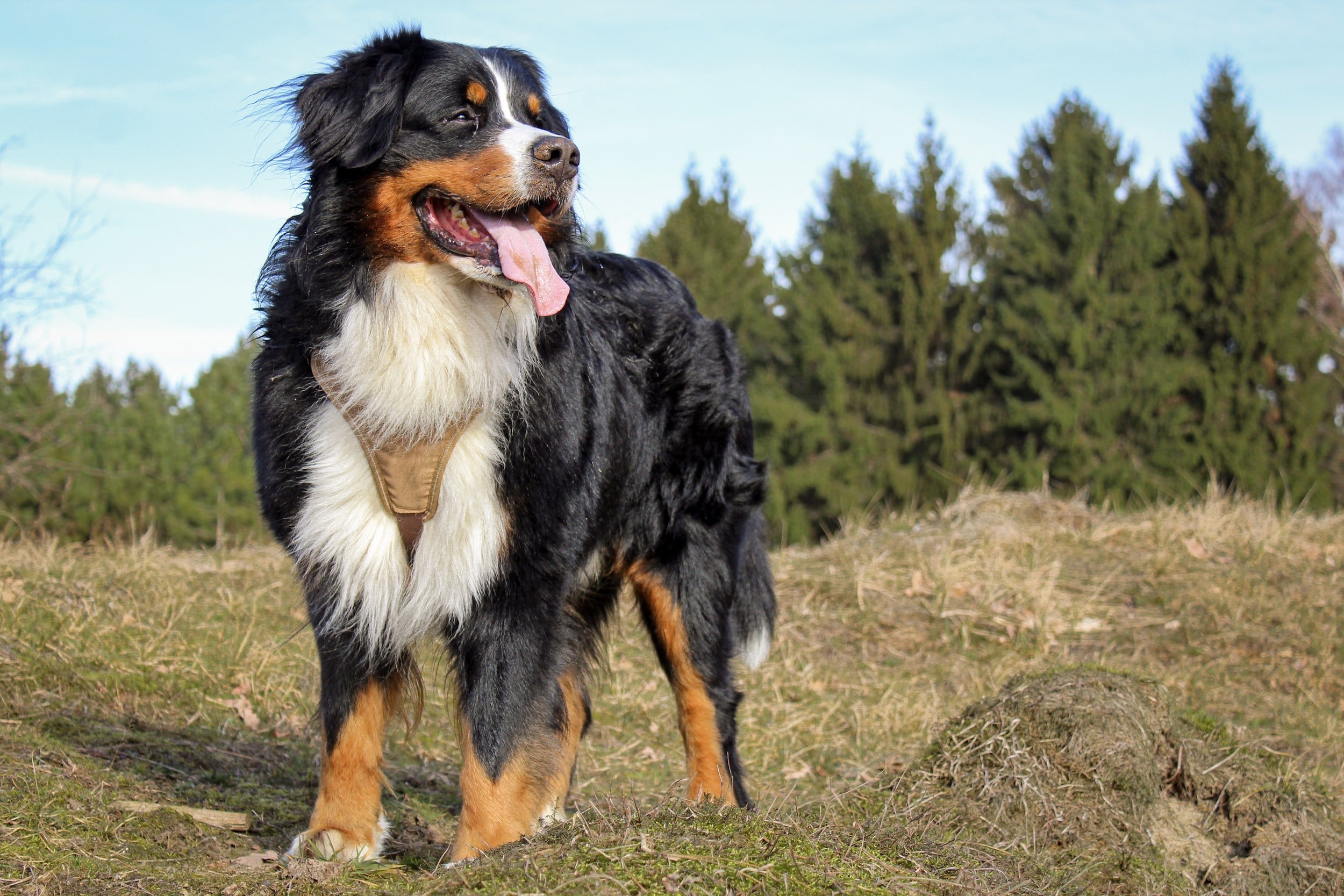
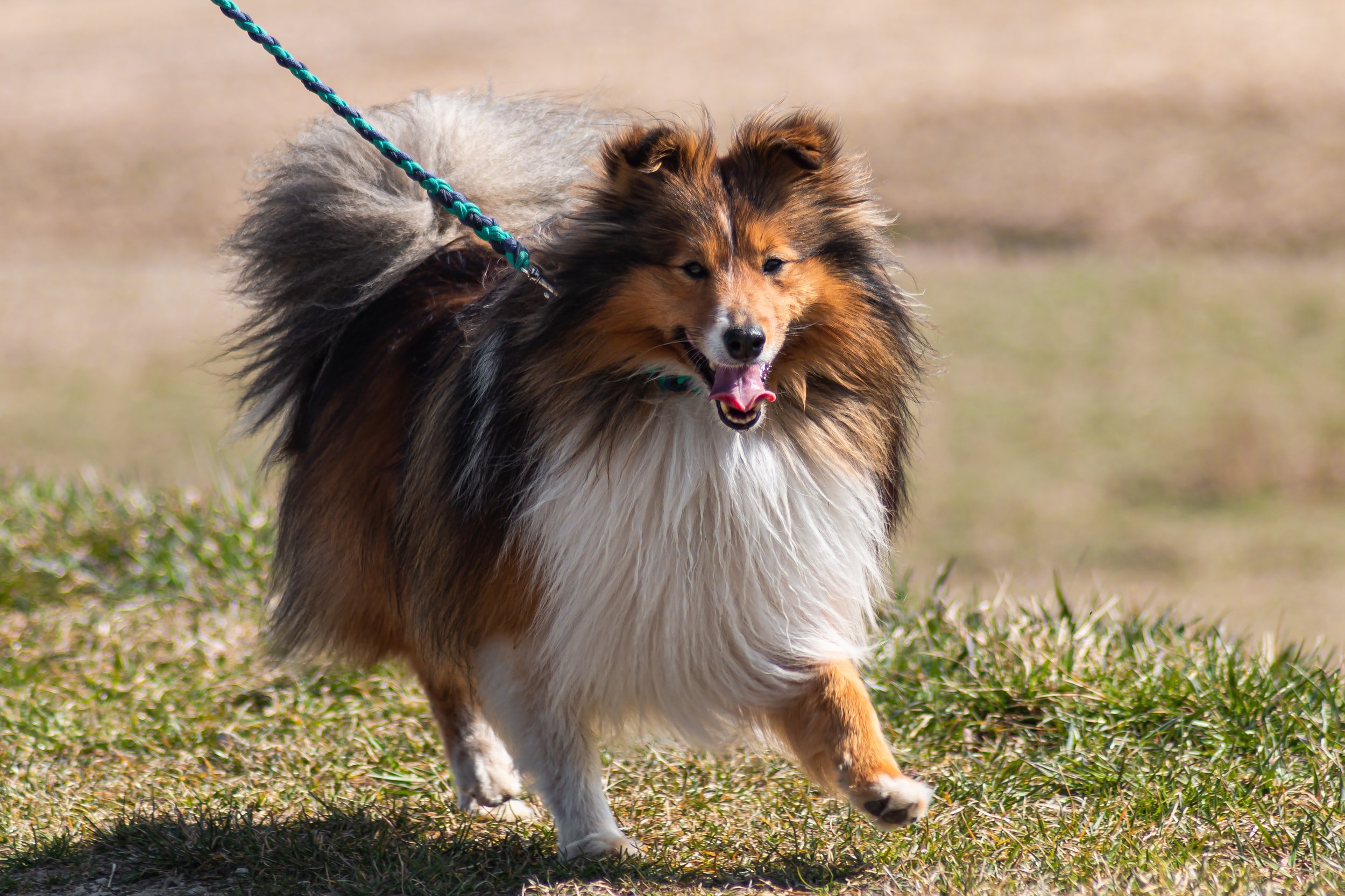
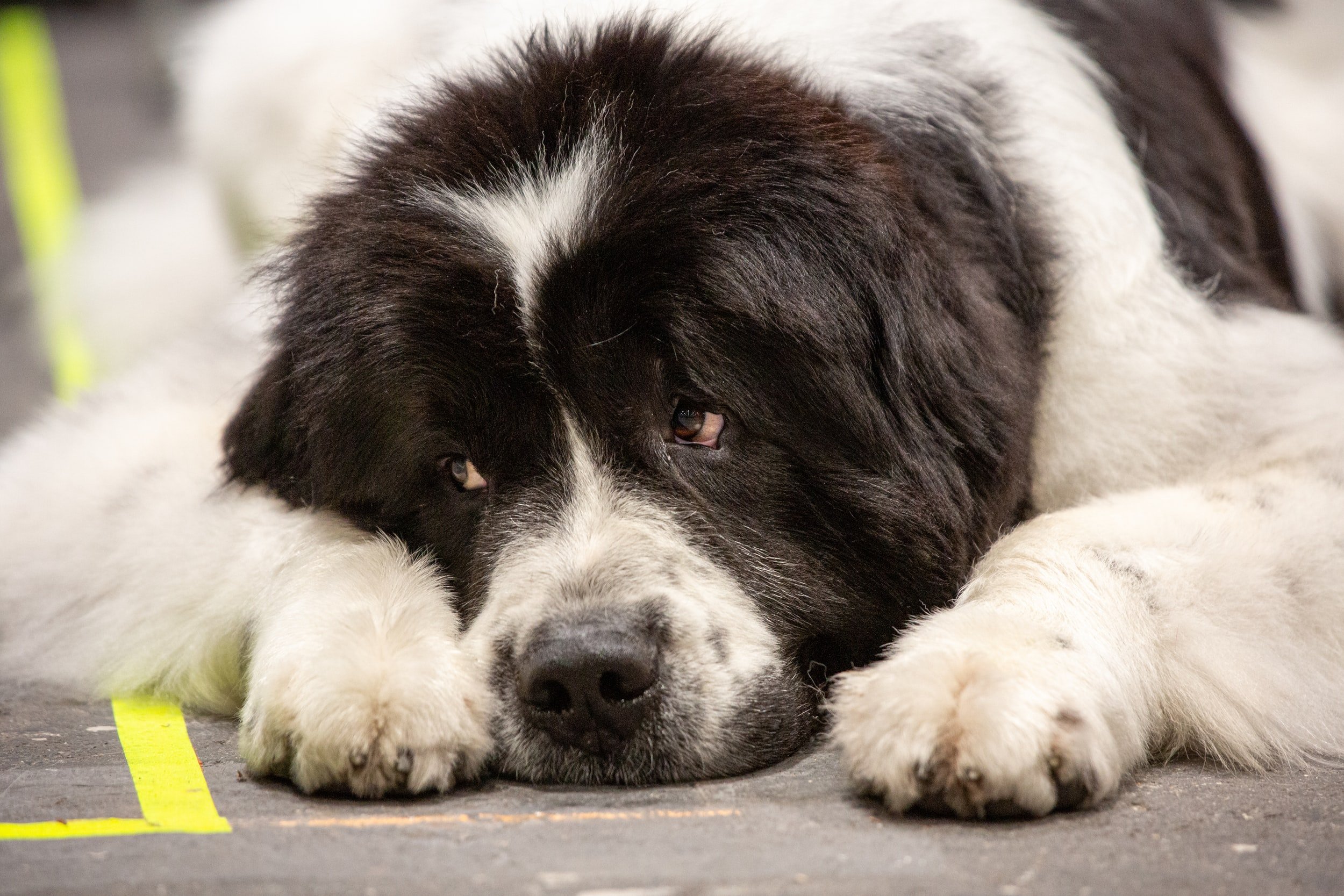
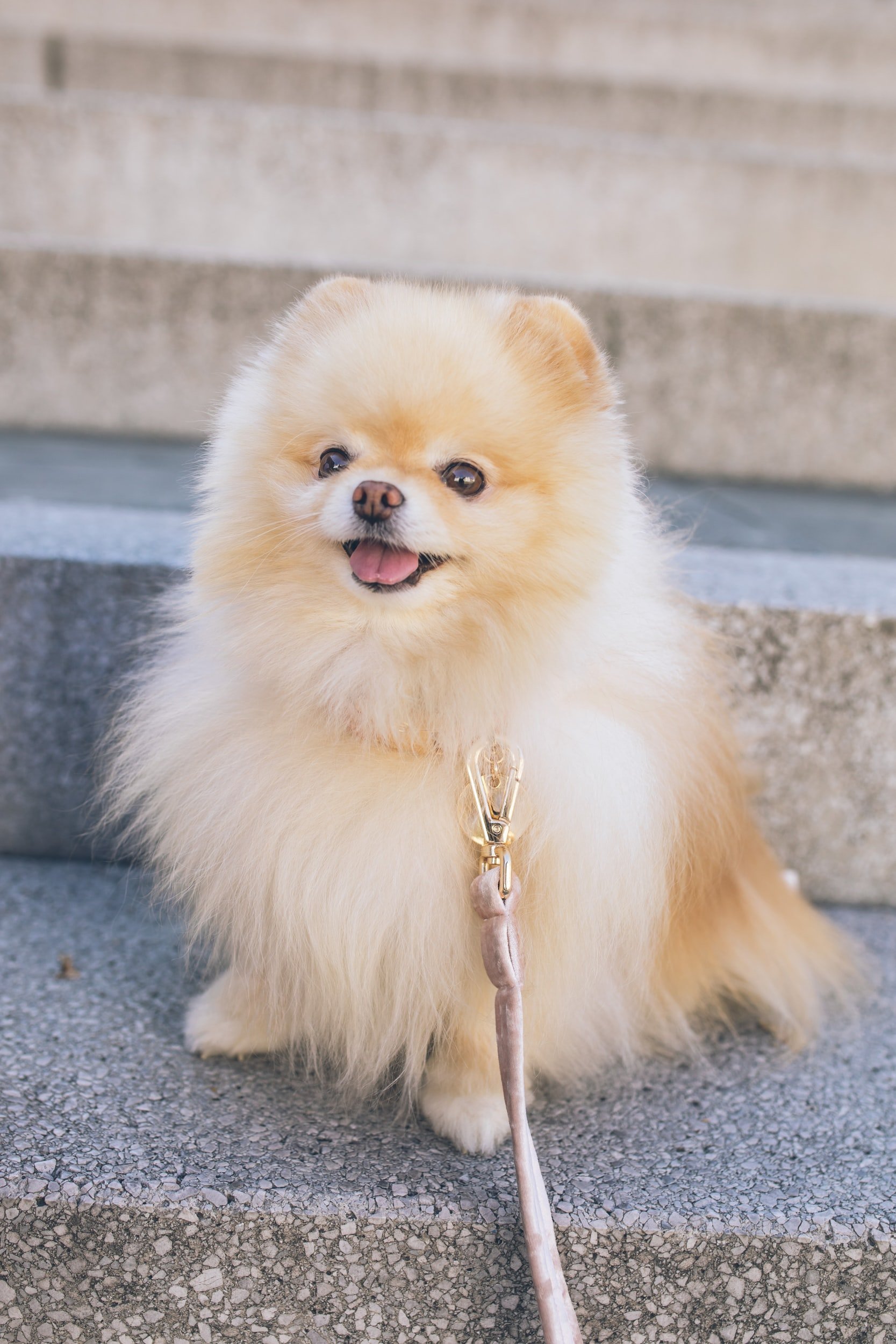
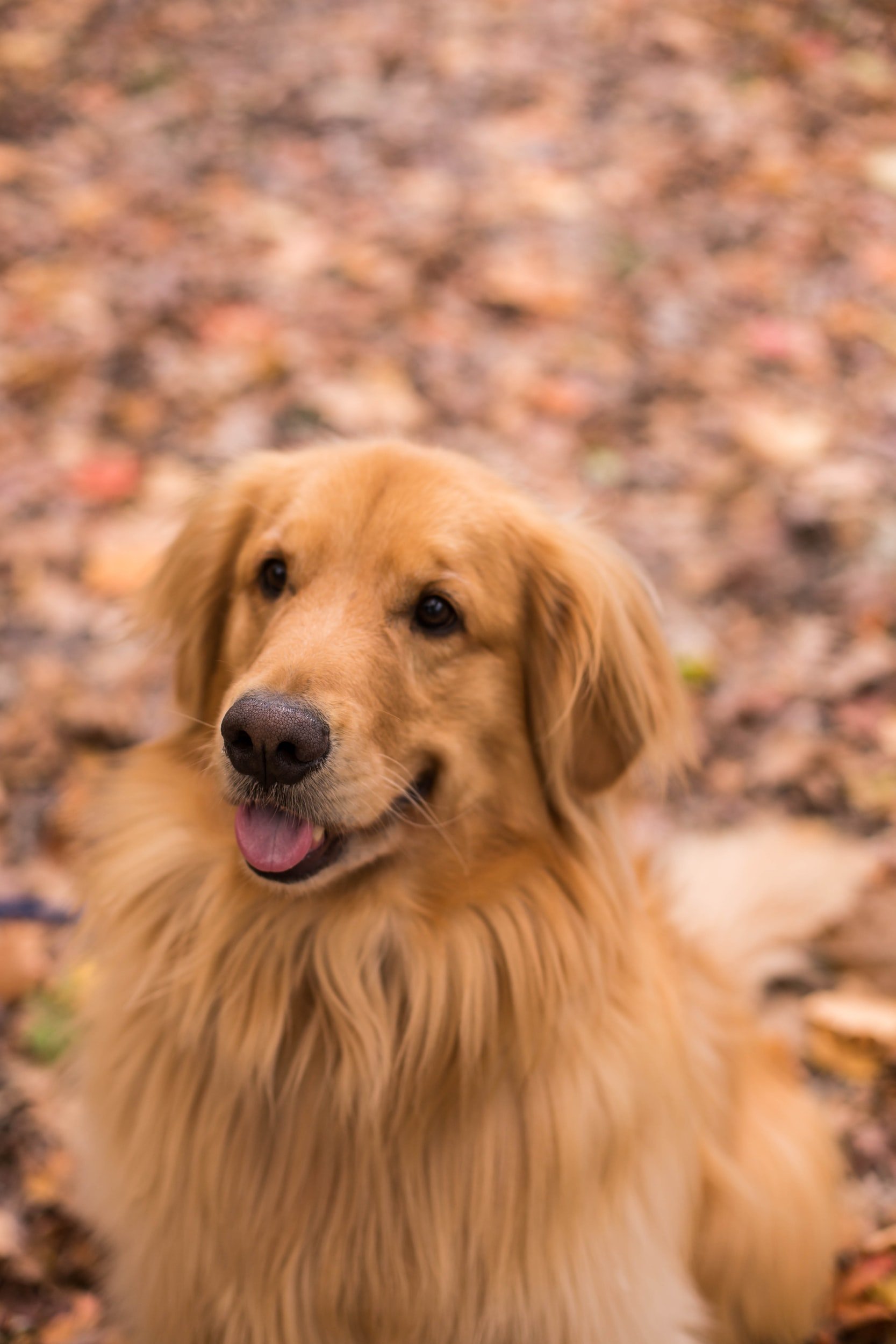
Long-Haired Double Coats
(Golden Retriever, Australian Shepherd, Pomeranian, Collie, Sheltie, etc.)
Long-haired dogs with double coats tend to require much more grooming maintenance than a lot of people realize. Even though their coats do not continuously grow, the long length alone makes this coat mat-prone if you don’t keep up with regular brushing. This means the slicker brush and the metal comb are also a must for these dogs. Detangle the hair with the slicker brush, then check your work with a metal comb. Make sure to brush and comb all the way down to the skin.
Having a double coat means there is also an undercoat that needs to be brushed out. If left unbrushed, the undercoat will build up and become impacted. This can cause matting with the top coat as well. Double coated dogs can also become overheated from having an impacted undercoat, so it’s necessary to use some kind of undercoat rake to remove the loose fur. Long-pinned rakes typically work great for longer haired areas while short-toothed rakes are better for shorter to medium length areas.
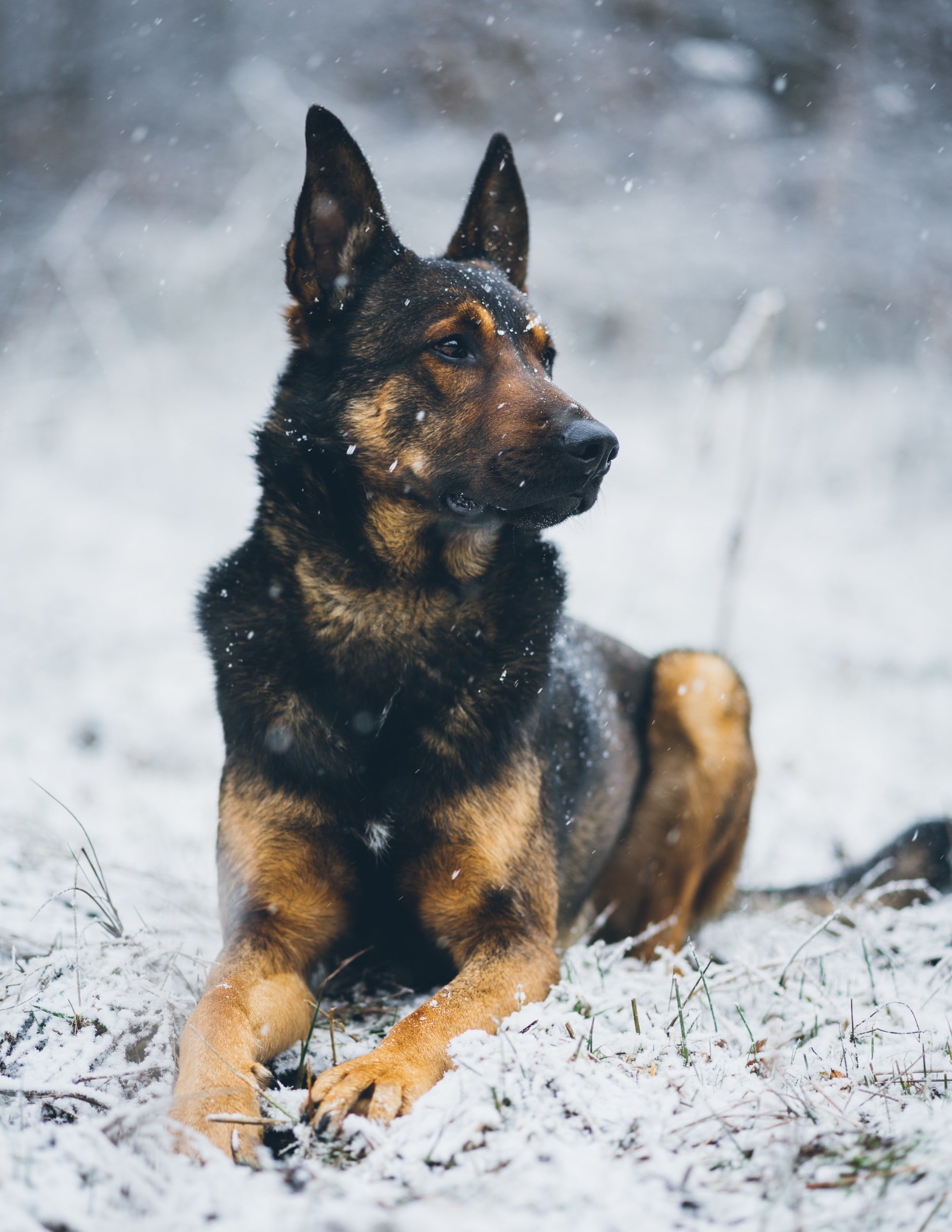
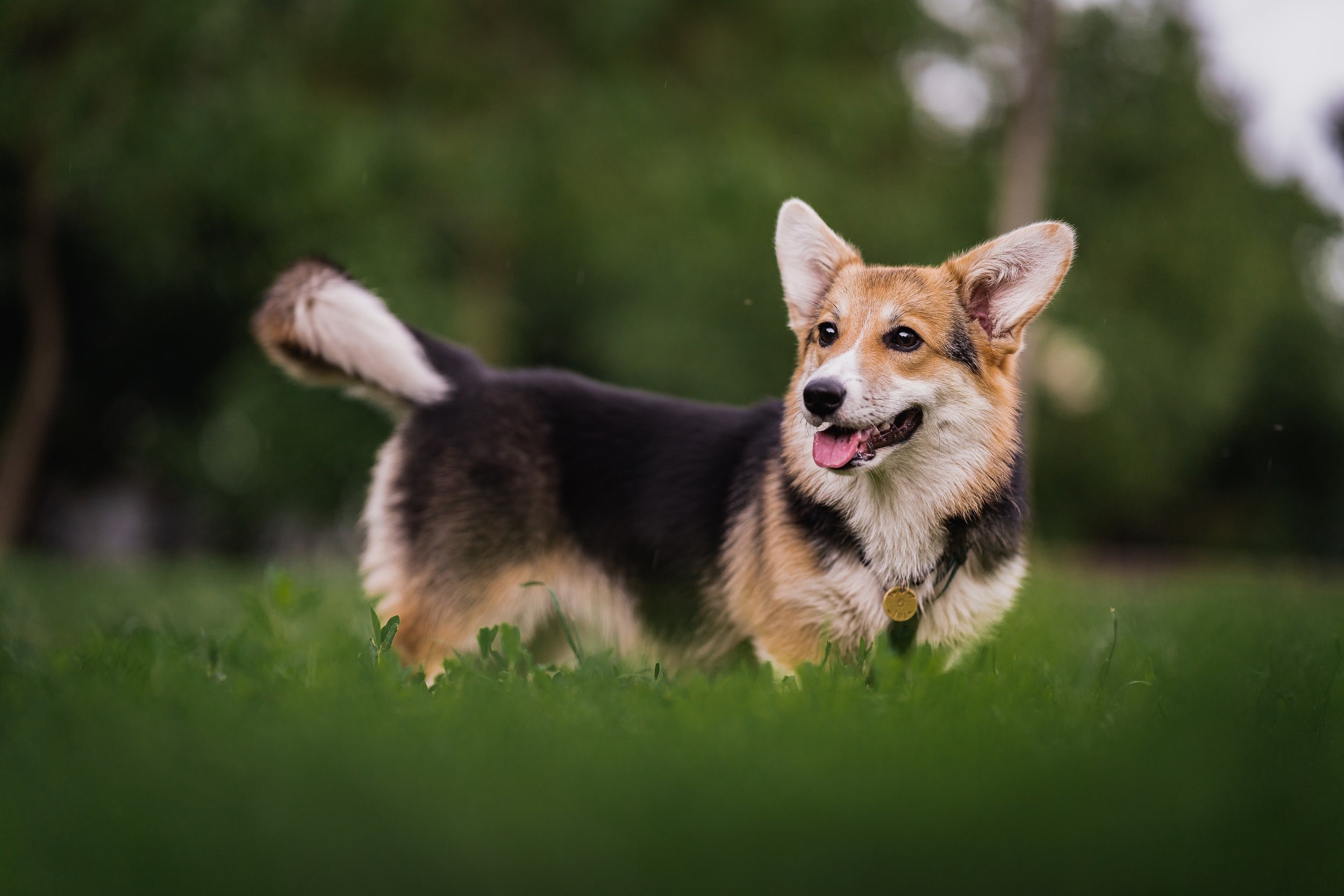
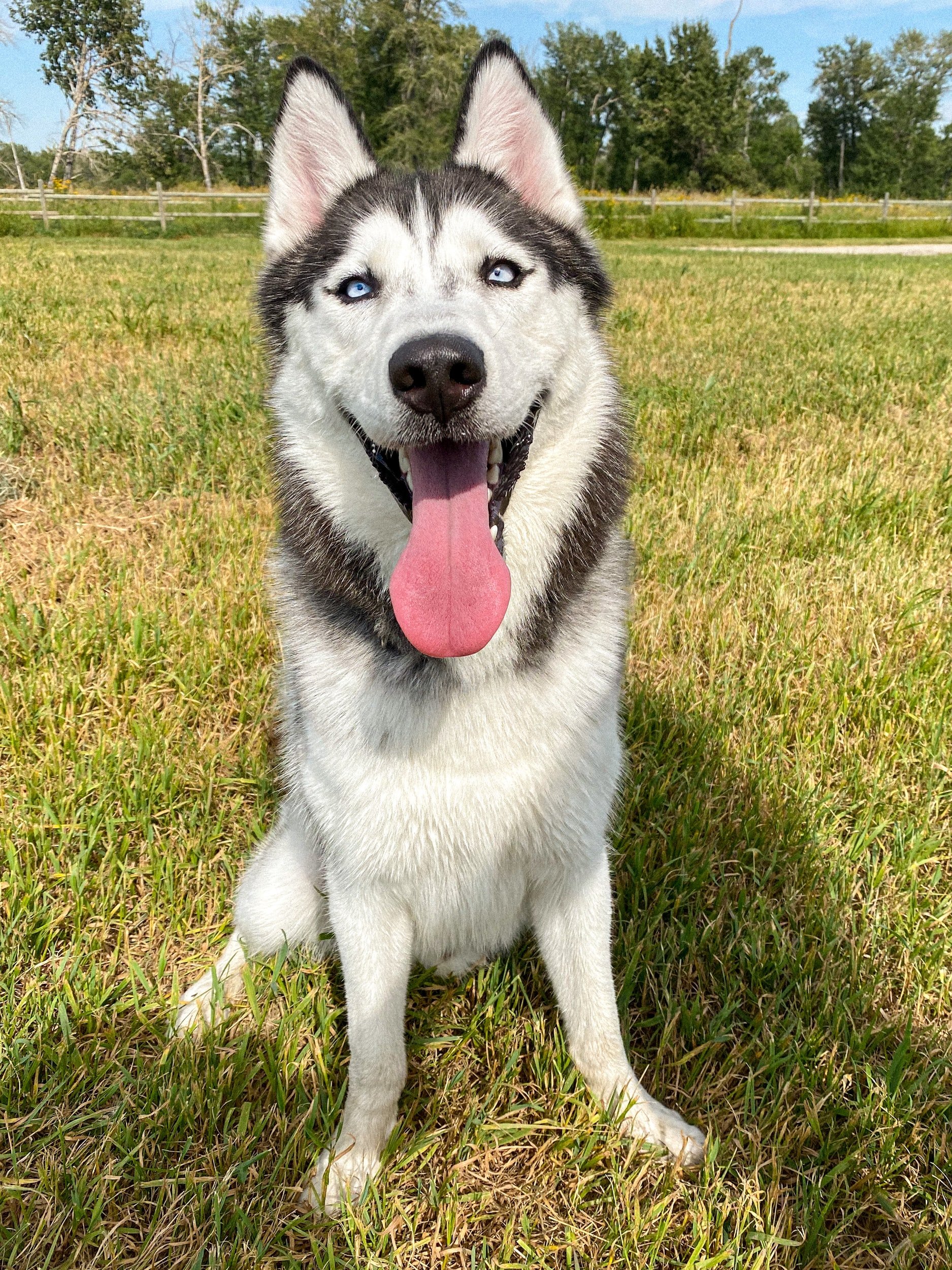
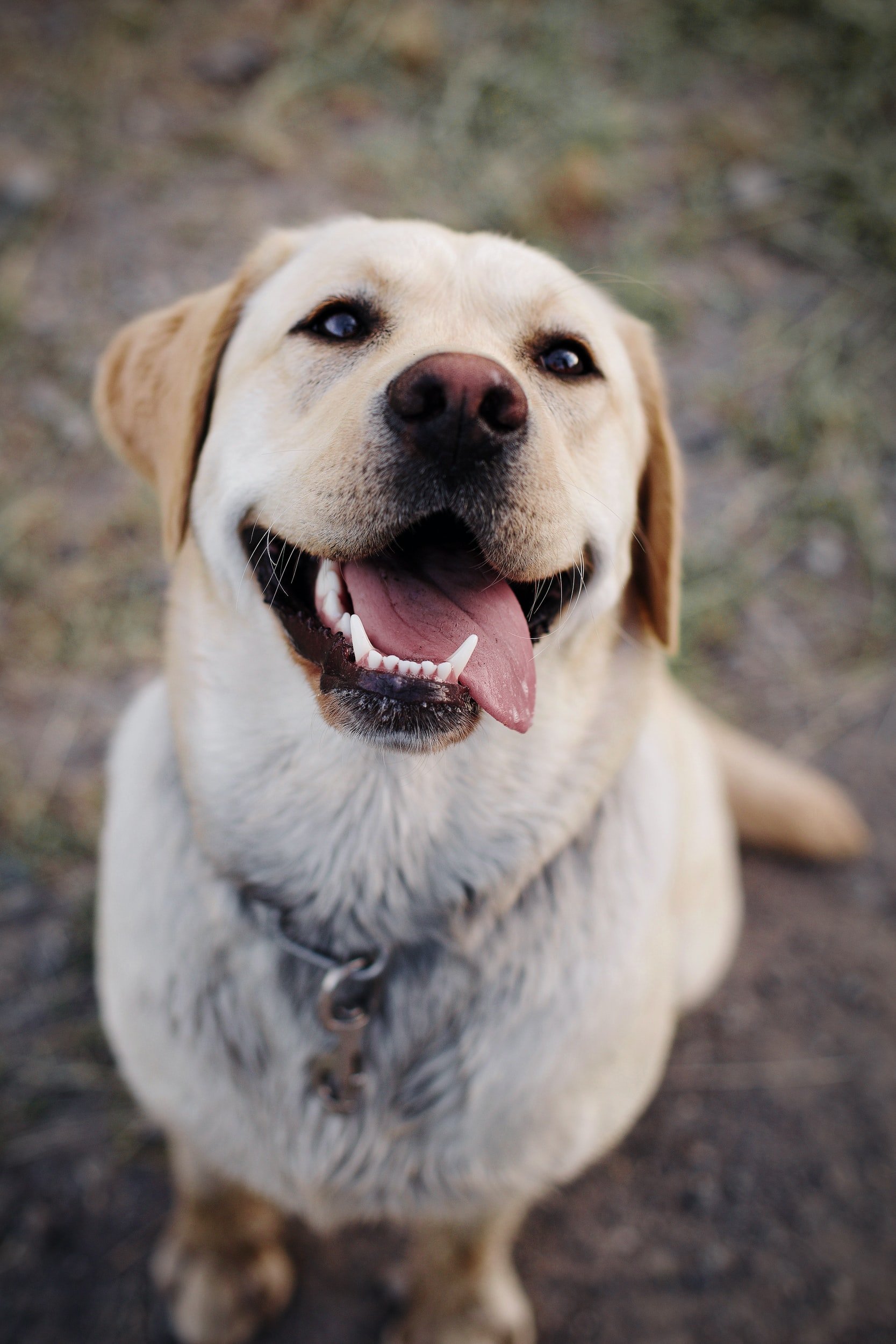
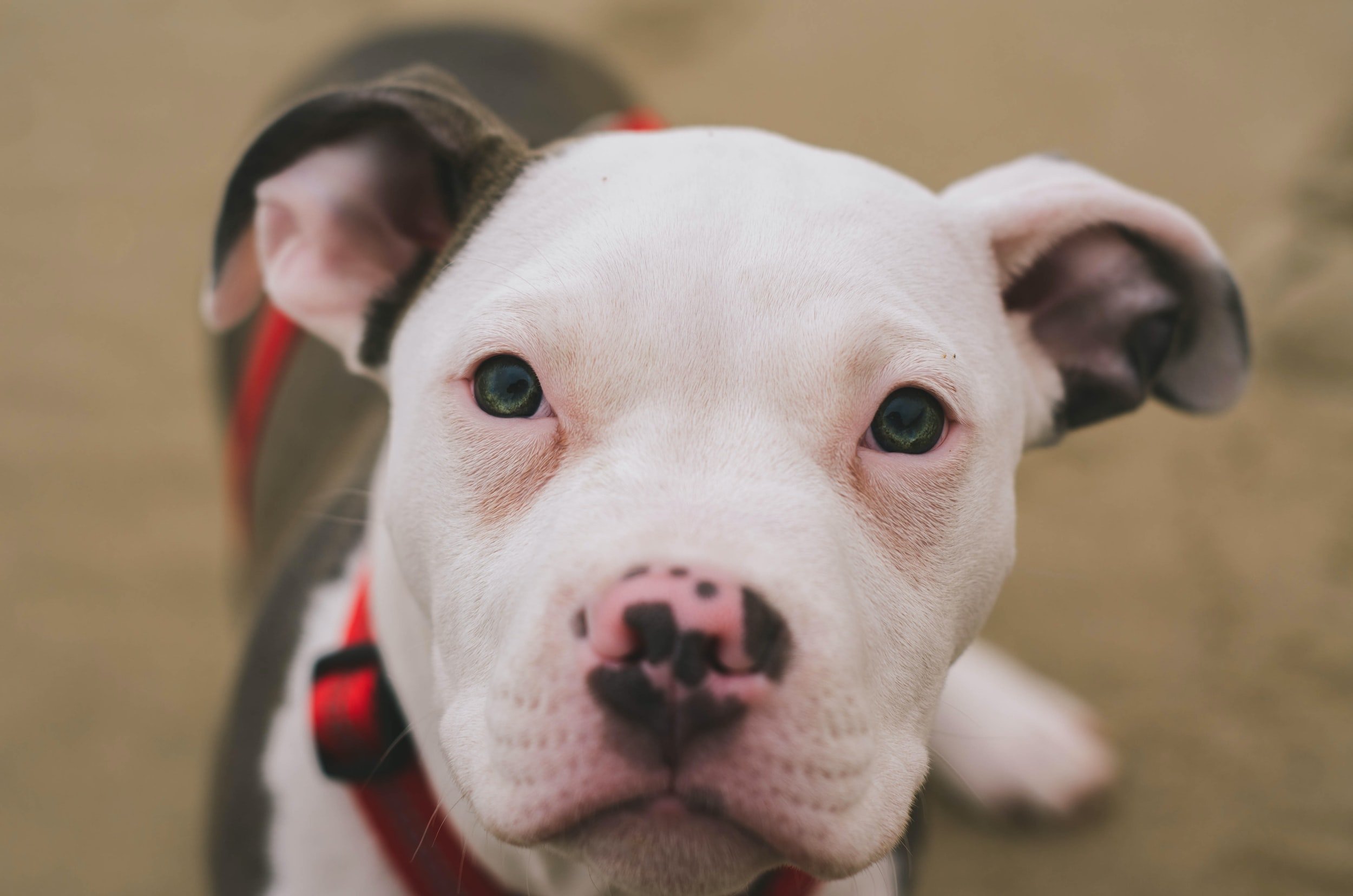
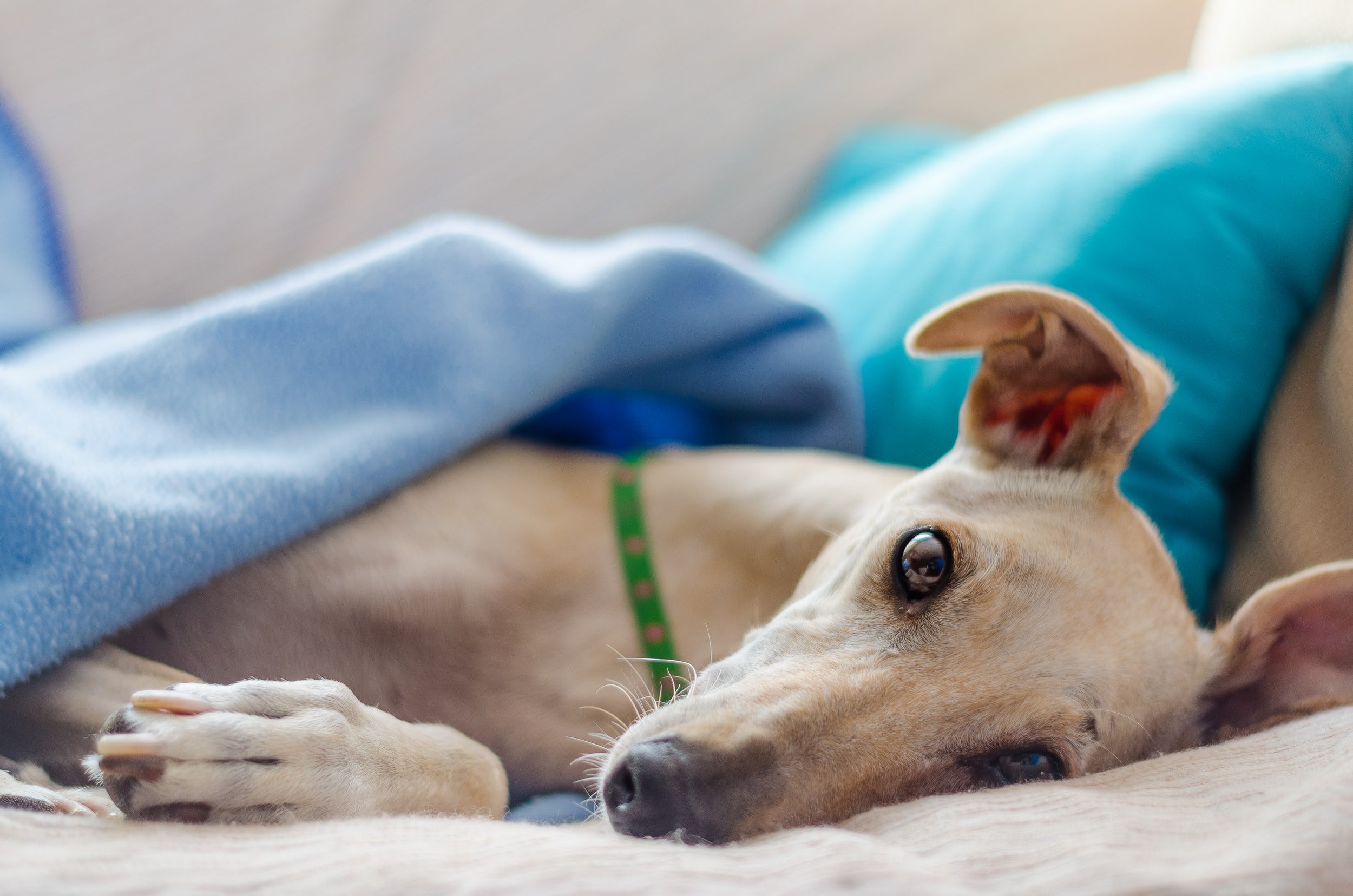
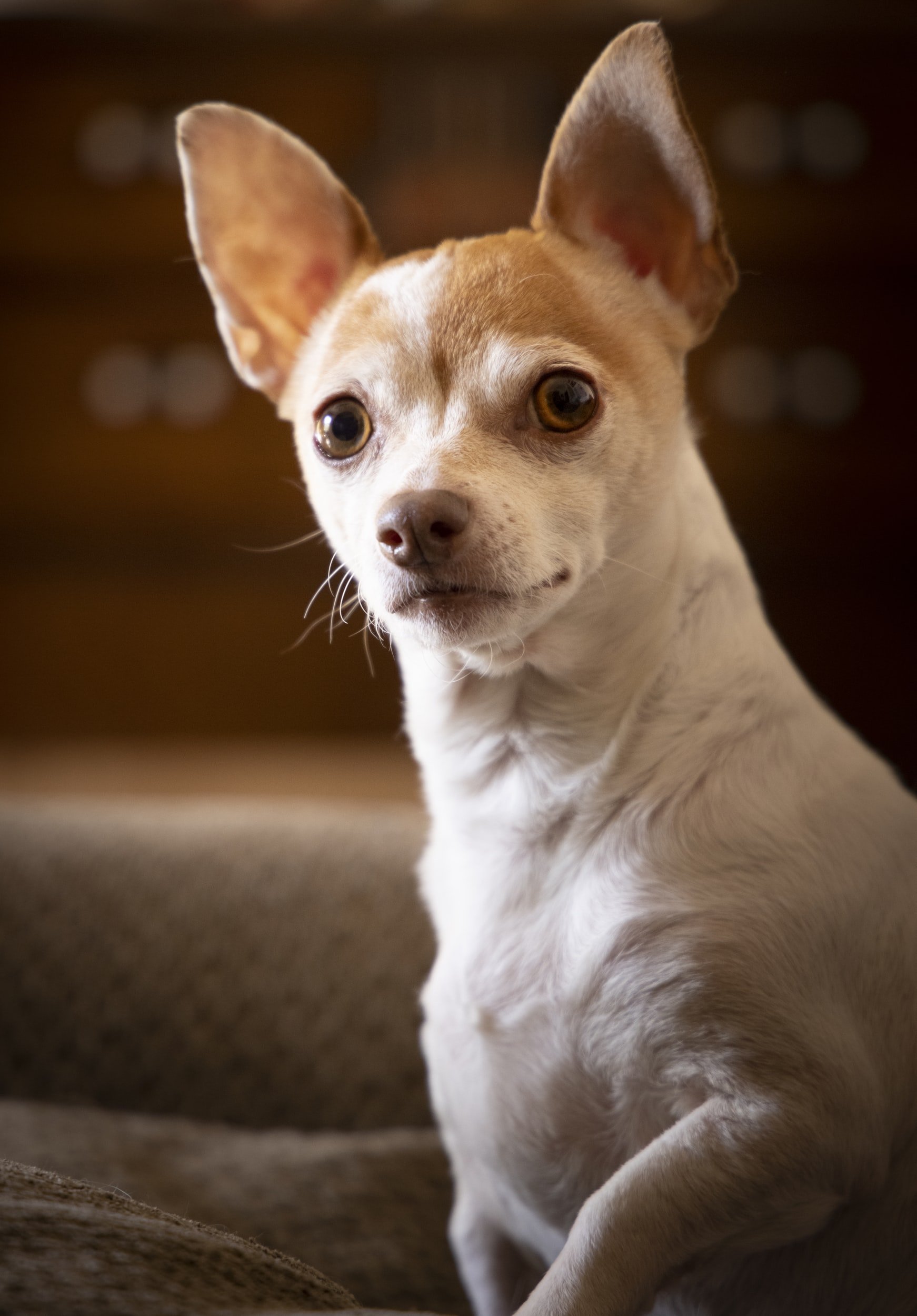
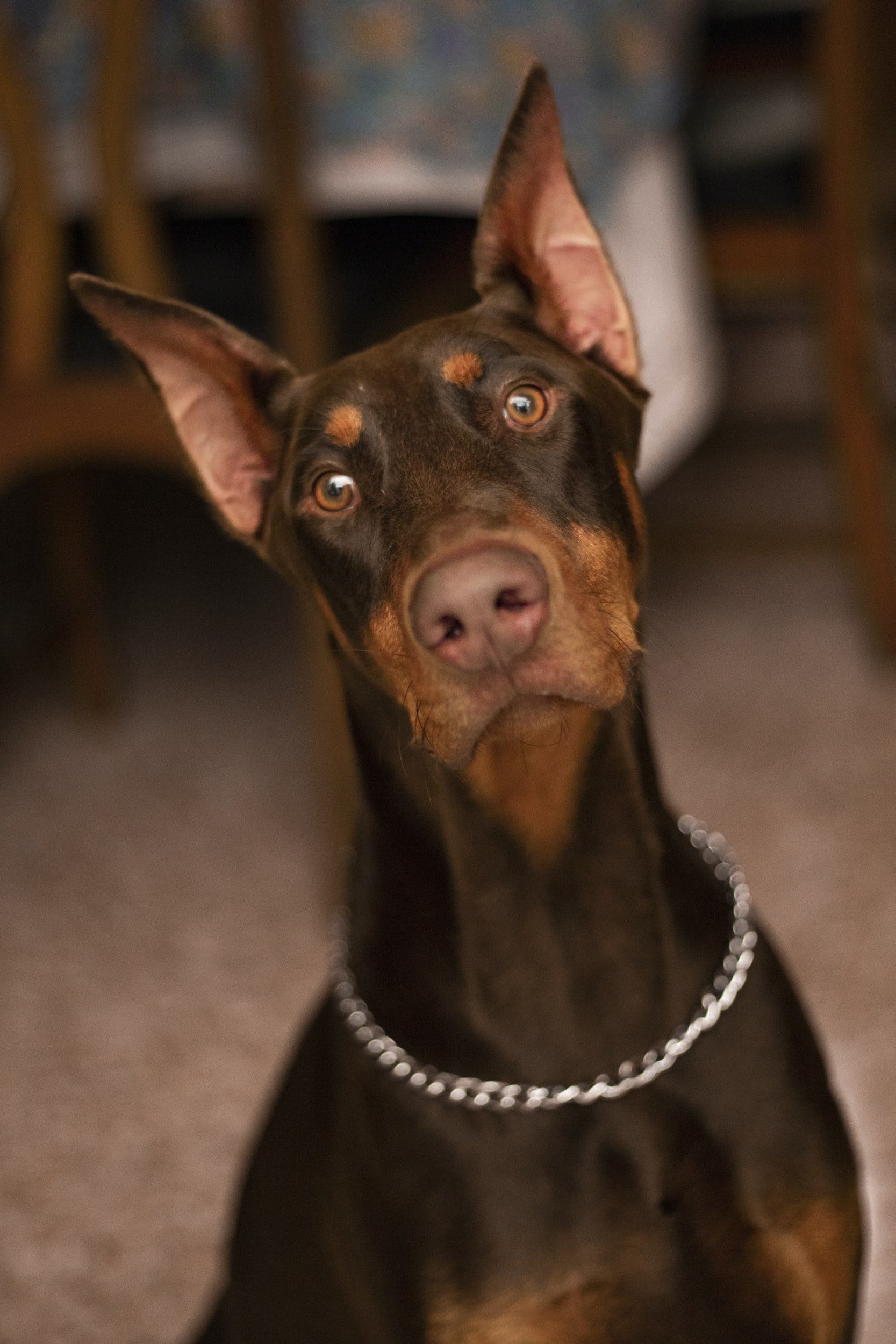
Short to Medium Length Double Coats
(German Shepherd, Husky, Corgi, Lab, Chihuahua, Pit Bull, Greyhound, etc.)
Even though your dog might have short hair that doesn’t mat, it’s still important to keep your double coated dog brushed out in order to reduce shedding and avoid overheating from undercoat build-up in thicker coated breeds. This is especially important for thicker coated dogs that live in warmer climates (such as huskies and German shepherds). For thicker double coated dogs, a short-toothed rake will work wonders. Short-toothed rakes can be harsh on the skin, so be sure to never brush for more than 15 minutes at a time and don’t brush in the same spot for too long.
For shorter, smoother coated dogs (such as pit bulls and chihuahuas), a rubber curry brush will be all you need! You can also use a classic boar bristle brush for these dogs, but a rubber curry brush is typically more effective. Rubber curry brushes are much less abrasive than any other type of brush, but you still need to be careful of prolonged use as the rubber can still cause brush burn after too long.

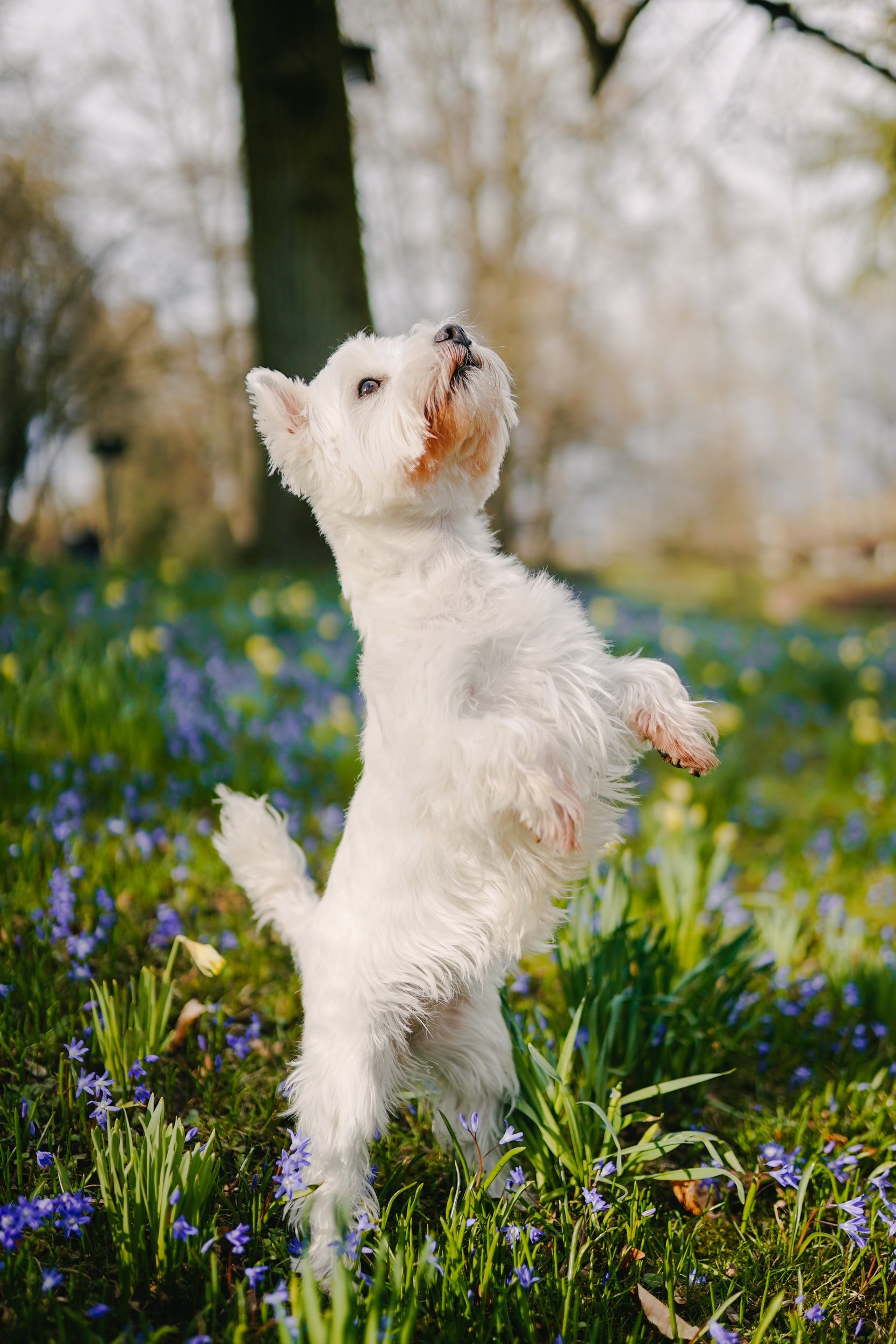
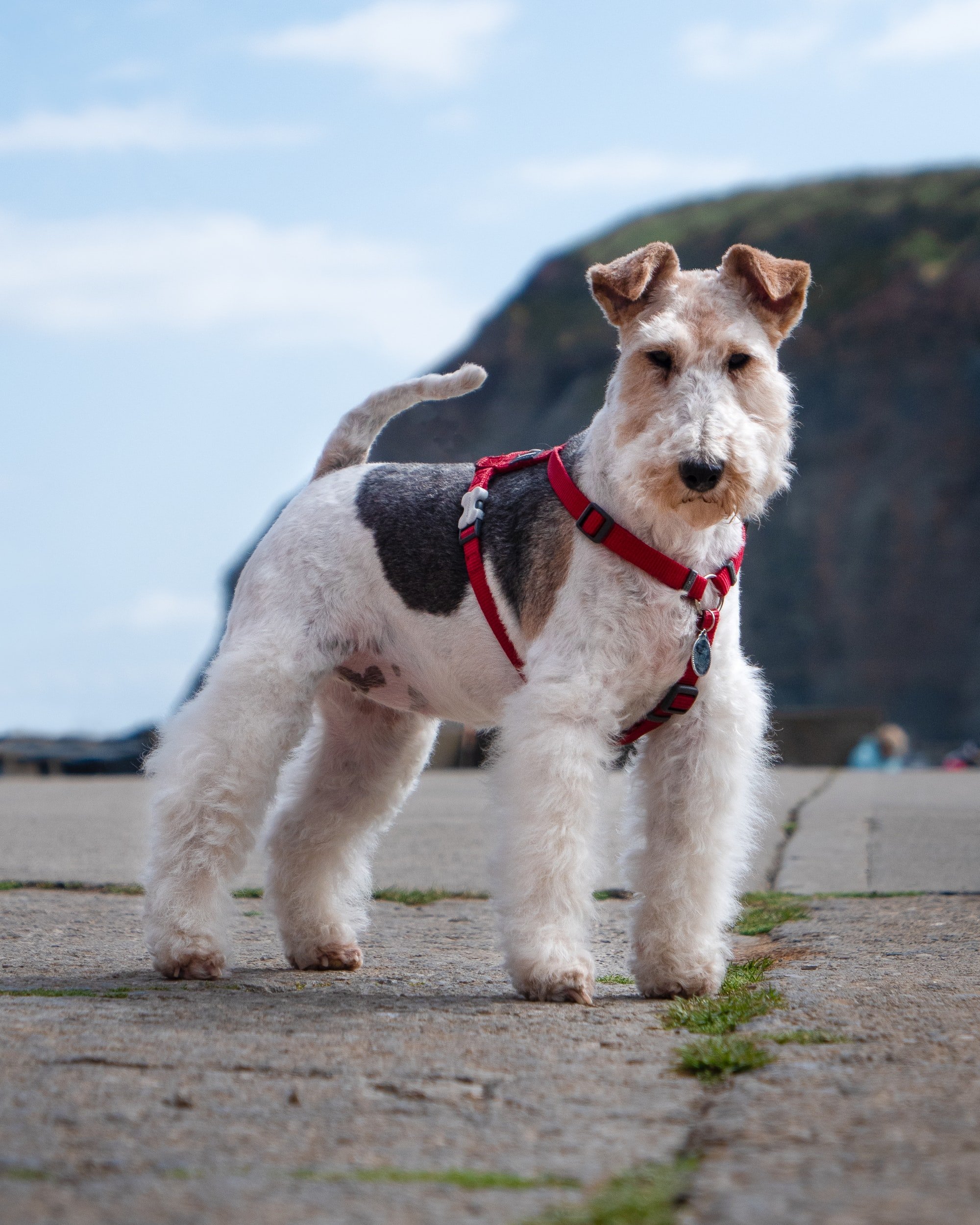
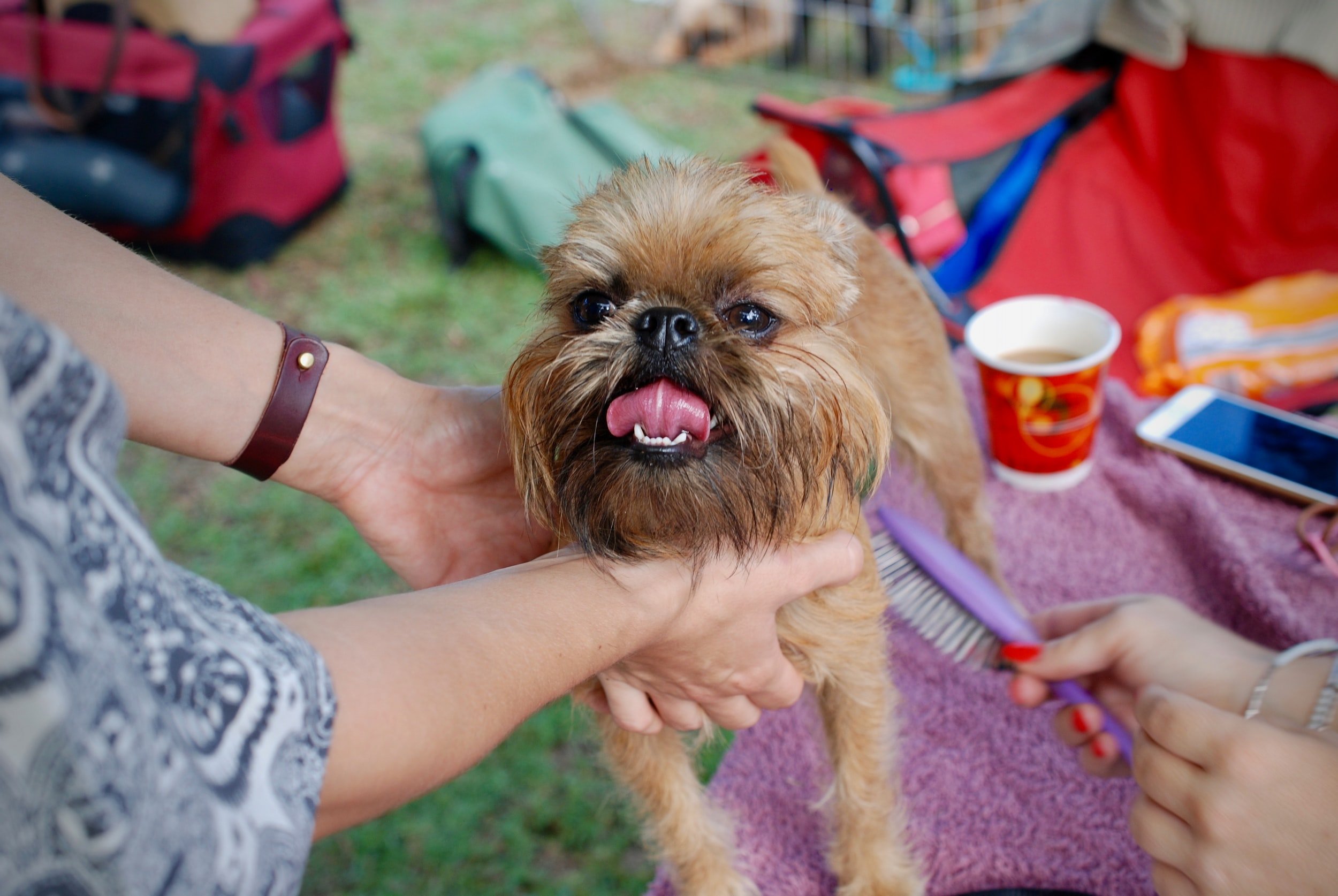
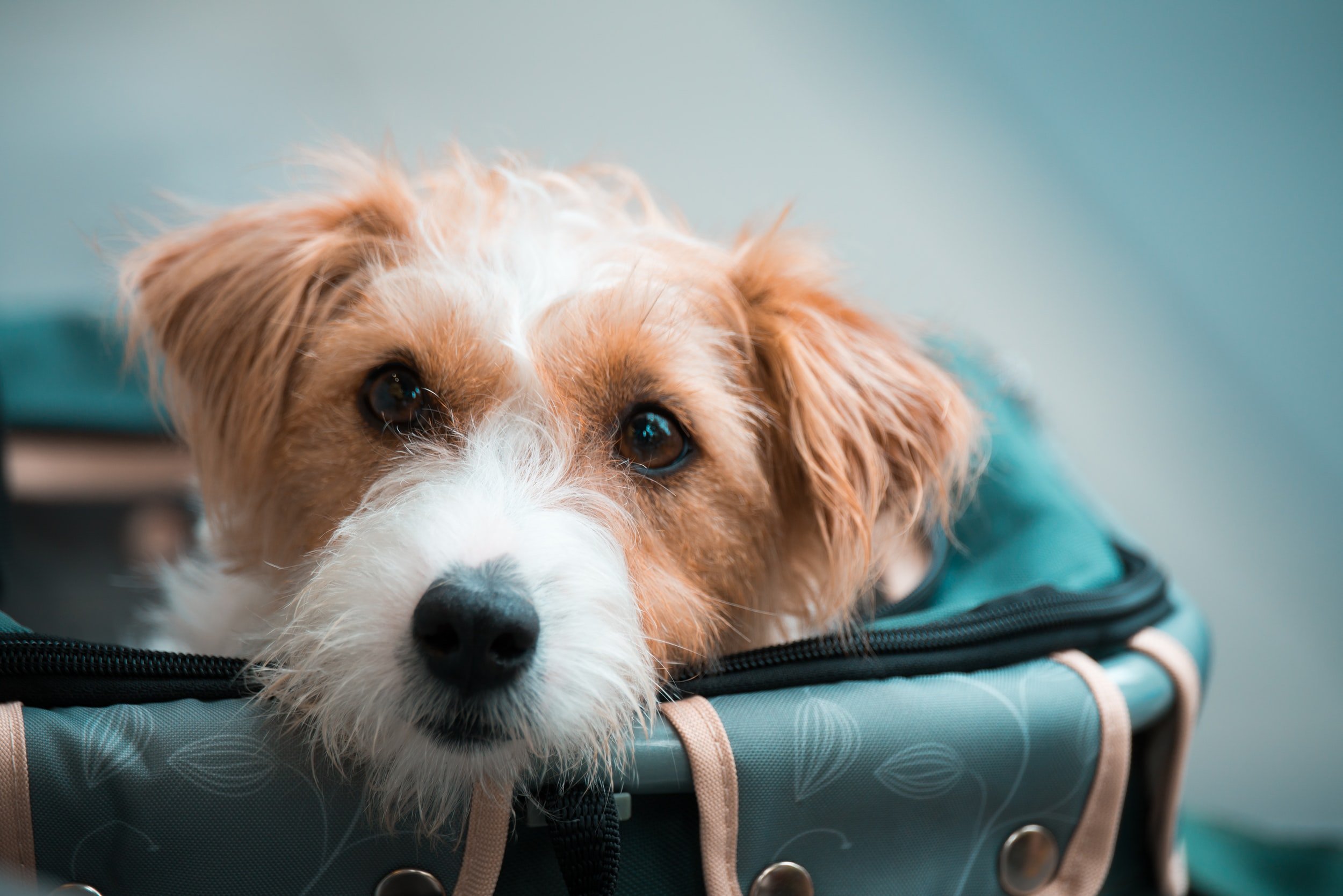
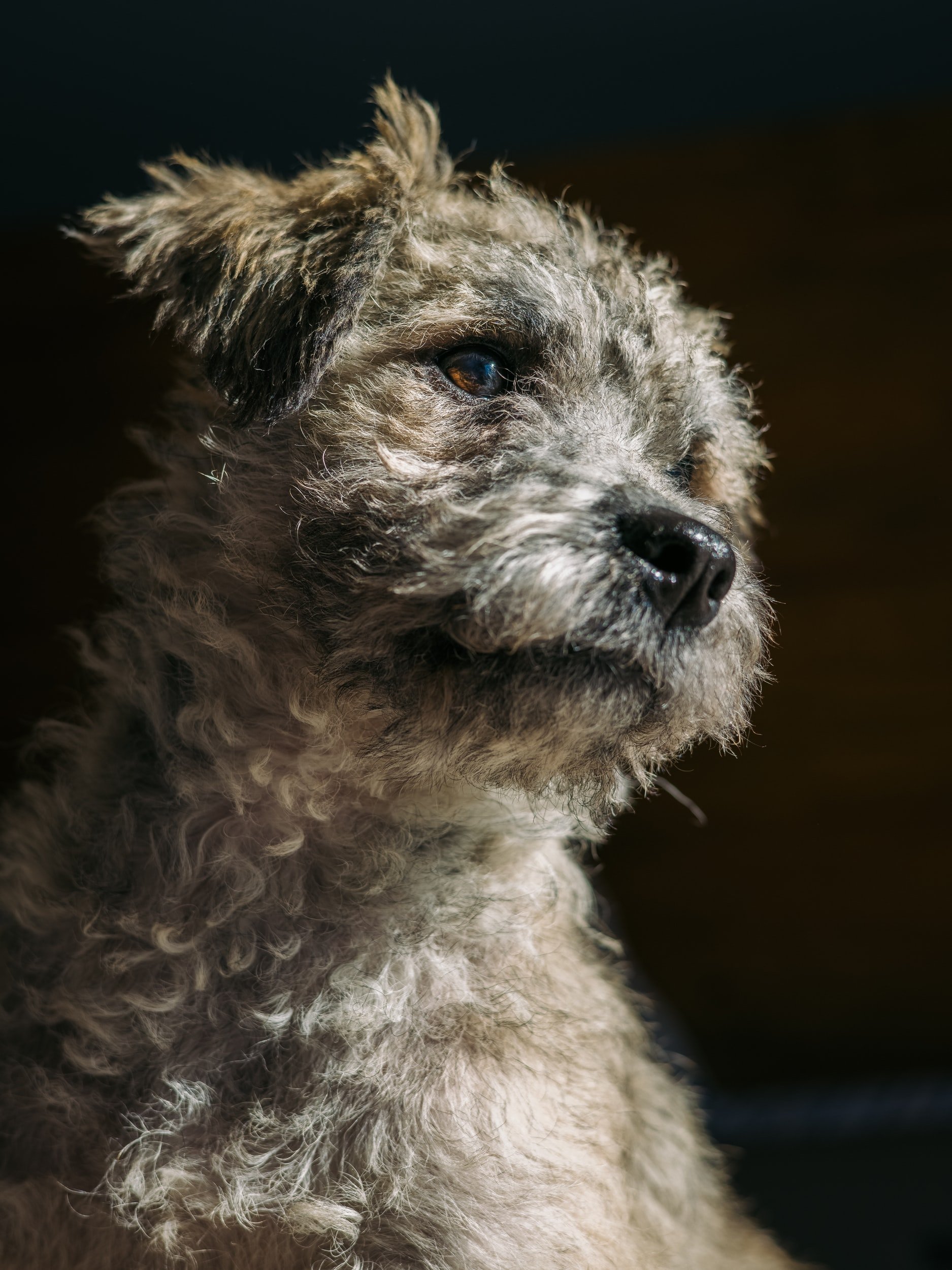
Wirehaired Coats
(Wire Fox Terrier, Irish Wolfhound, Jack Russell Terrier, Affenpinscher, Border Terrier, West Highland White Terrier, etc.)
Wirehaired dogs have unique coats that are typically handstripped to keep up with maintenance. Handstripping is just what it sounds like: loose hair is pulled out of the coat by hand. This method is the best way to maintain the coat’s coarse, wiry texture. We do not offer handstripping services here at Lucky Dog as it is very extensive, time consuming, hard on the hands, and expensive. The next best way to maintain a wiry coat’s texture is to use a short-toothed rake. It does a similar job of removing the dead hair from the coat without plucking it out with fingers. Short-toothed rakes can be harsh on the skin, so be sure to never brush for more than 15 minutes at a time and don’t brush in the same spot for too long.




